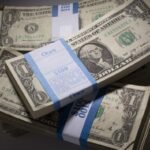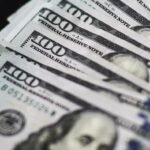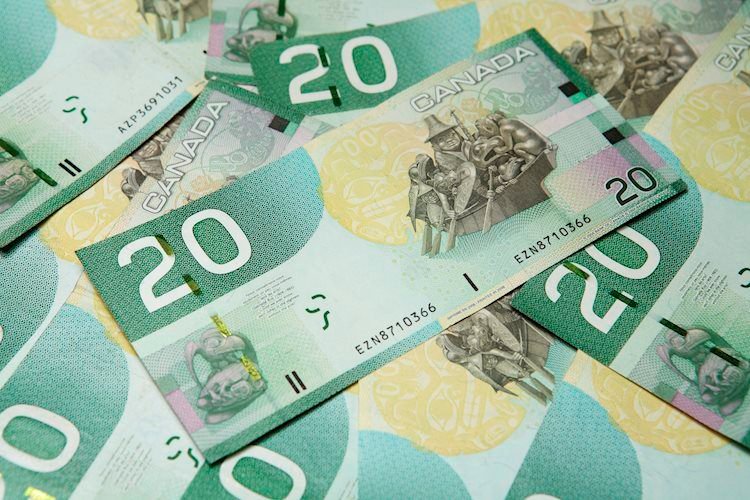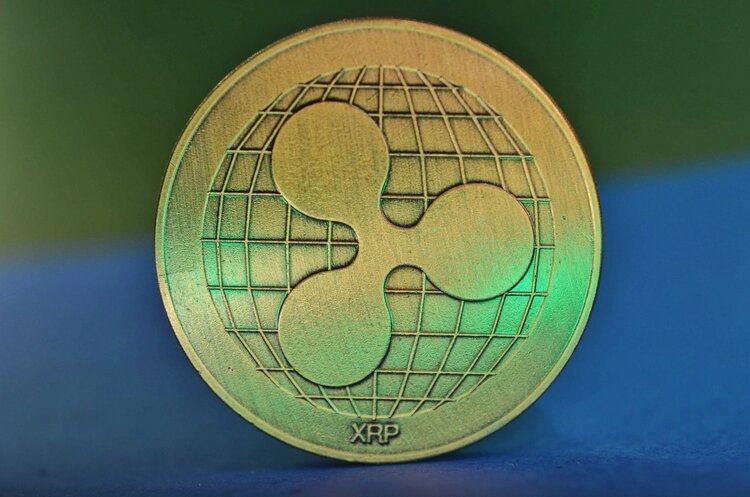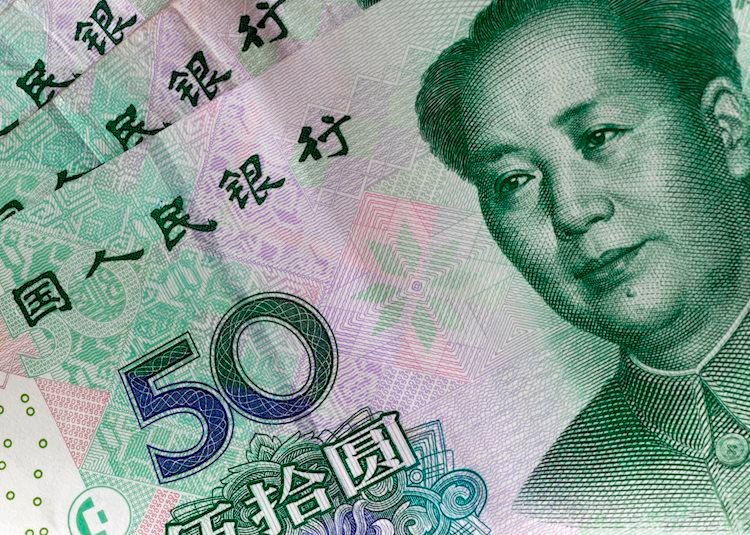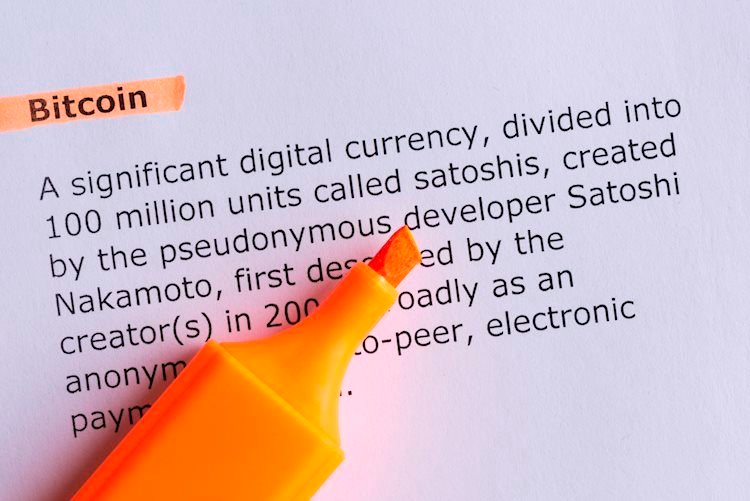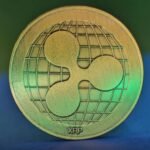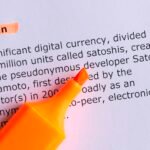- Fed’s stance over inflation signals caution, not panic, over higher inflation projections.
- Investors await incoming data to form further expectations on the timing of the easing cycle.
- PCE figures for February are due on Friday, and will be key to Greenback price action.
The US Dollar Index (DXY) is currently trading with mild gains at 104.3, a level close to Friday’s peak of 104.50. Investors seem to be on the sidelines as they wait for fresh drivers to place their bets on the timing of the Federal Reserve’s (Fed) easing cycle.
That being said, the Federal Reserve appeared less aggressive last week, adopting a cautious approach toward the easing cycle that’s anticipated to start in June. This stance comes after an upward revision of inflation projections and reassurances from Chair Jerome Powell that the bank will avoid overreacting to two months of high inflation figures. However, the US Dollar managed to clear all the post-Fed losses, mainly as the US economy holds resilient.
Daily digest market movers: DXY mildly higher as investors prepare for PCE data
- Statements from Fed speakers are under focus after the FOMC meeting, Waller will be on the wires later in the session.
- According to the CME FedWatch Tool, the odds of easing starting in June stand near 60%.
- The headline Personal Consumption Expenditures (PCE) is expected to have risen by 2.5% YoY, while the core measure is seen coming in at 2.8%. The outcome of the Fed’s preferred gauge of inflation will dictate the pace of the USD for the short term.
- US Treasury bond yields are falling, with the 2-year yield standing at 4.56%, the 5-year yield at 4.19%, and the 10-year yield at 4.20%.
DXY technical analysis: DXY is under bulls control while indicators flatten
The Relative Strength Index (RSI) is currently reflecting a flat position in positive territory, which indicates stable buying pressure. The Moving Average Convergence Divergence (MACD) shows flat green bars, suggesting that buying momentum remains intact. Furthermore, the placement of the index above its 20, 100 and 200-day Simple Moving Averages (SMAs) confirms the long-term bullish bias.
The flatness of the indicators comes after a 1% winning week, which may push the Index into a consolidation phase as investors await new fundamental drivers. In the meantime, if the Index holds above its main SMAs, the outlook will be bright.
Fed FAQs
Monetary policy in the US is shaped by the Federal Reserve (Fed). The Fed has two mandates: to achieve price stability and foster full employment. Its primary tool to achieve these goals is by adjusting interest rates. When prices are rising too quickly and inflation is above the Fed’s 2% target, it raises interest rates, increasing borrowing costs throughout the economy. This results in a stronger US Dollar (USD) as it makes the US a more attractive place for international investors to park their money. When inflation falls below 2% or the Unemployment Rate is too high, the Fed may lower interest rates to encourage borrowing, which weighs on the Greenback.
The Federal Reserve (Fed) holds eight policy meetings a year, where the Federal Open Market Committee (FOMC) assesses economic conditions and makes monetary policy decisions. The FOMC is attended by twelve Fed officials – the seven members of the Board of Governors, the president of the Federal Reserve Bank of New York, and four of the remaining eleven regional Reserve Bank presidents, who serve one-year terms on a rotating basis.
In extreme situations, the Federal Reserve may resort to a policy named Quantitative Easing (QE). QE is the process by which the Fed substantially increases the flow of credit in a stuck financial system. It is a non-standard policy measure used during crises or when inflation is extremely low. It was the Fed’s weapon of choice during the Great Financial Crisis in 2008. It involves the Fed printing more Dollars and using them to buy high grade bonds from financial institutions. QE usually weakens the US Dollar.
Quantitative tightening (QT) is the reverse process of QE, whereby the Federal Reserve stops buying bonds from financial institutions and does not reinvest the principal from the bonds it holds maturing, to purchase new bonds. It is usually positive for the value of the US Dollar.

